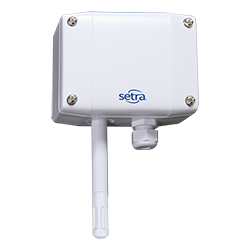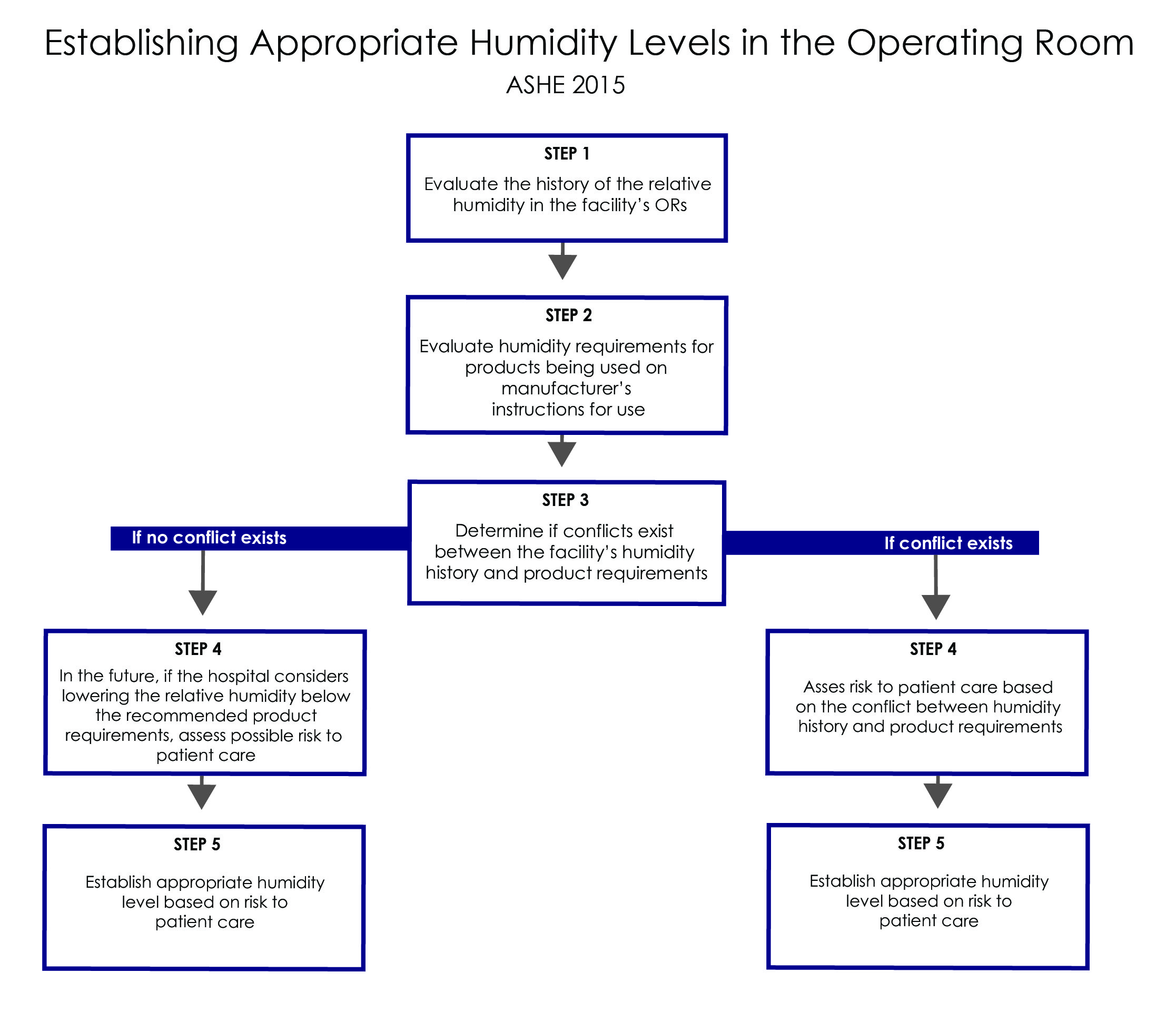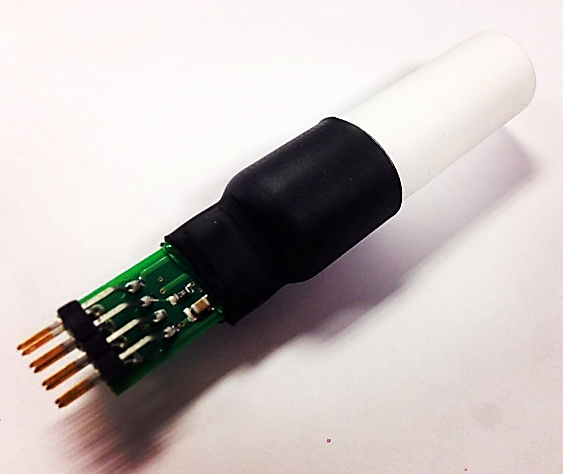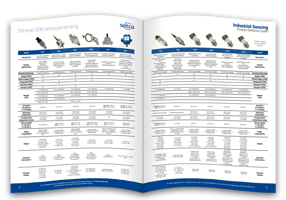ASHRAE recommends data center temperatures in the range of 64.4 to 80.6 F and humidity at 60 percent. Therefore, controlling temperature and humidity in data centers is vital for protecting equipment and ensuring efficiency. This blog introduces Setra Systems' SRH series sensors, which provide precise environmental monitoring to boost reliability, lower energy costs, and promote sustainability.
Setra Blog
Considering humidity accuracy measurements is necessary when selecting a relative humidity transmitter. Accuracy, by definition, is "the degree to which the result of a measurement, calculation, or specification conforms to the correct value or standard" (Oxford English Dictionary). When comparing accuracy measurements of different relative humidity sensors, understanding the factors included in said measurements is crucial. An accuracy measurement should consist of non-linearity, hysteresis, repeatability, and calibration uncertainty. These factors can be defined as:
Setra’s T/RH sensors are built to meet the requirements of demanding applications. The right choice of appropriate filter cap is essential for best long-term performance, and the right sensor tip depends mainly on the application.
Relative humidity (%RH) is a measurement of how much water vapor is in the air compared to how much water vapor could be in the air. Monitoring relative humidity is important in a variety of environments, from office spaces to operating rooms to industrial manufacturing.
In hospitals, pharmaceutical compounding centers, and other sensitive healthcare environments, one of the biggest threats to patient health is the spread of pathogens. Exposure to viruses, bacteria, pollen, and fungi all pose hazards to patients and care providers and can compromise critical spaces like operating rooms and other procedure areas.
Successful surgery depends not only on the performance of medical professionals, but also on the integrity of the environment. Relative humidity is a critical component in maintaining the safety and performance of an operating room (OR).
When selecting a humidity sensor, we recommend choosing one with a field replaceable tip. Why are we recommending this? A field replaceable tip is easy to replace and allows the end-user to swap the sensor on-site without having to calibrate the unit or remove it from its mount. We recommend sensors with field replaceable tips for the following reasons:
Subscribe to Our Blog!
Topics
- Critical Environments (182)
- HVAC/R (179)
- General Industrial (153)
- Building Automation (134)
- General Industrial OEM (92)
- Energy Management (85)
- Test and Measurement (66)
- HVAC/R OEM (58)
- Barometric (44)
- Alternative Fuels (42)
- Medical (40)
- Process/Mfg Tank Level (40)
- Water and Wastewater (39)
- OHV (38)
- Oil and Gas (35)
- Industrial Vacuum (29)
- Calibration (25)
- Semiconductor (25)
- Particle Counting (20)
- Cleanroom Monitoring (17)
- Room Pressure Monitoring (16)
- Trade Show (12)
- cleanroom environment (12)
- Scales (11)
- Environmental Monitoring (10)
- Power Monitoring (10)
- Healthcare (9)
- Power Meters (9)
- Software (9)
- cleanroom monitoring systems (9)
- Case Study (8)
- critical environment technologies (8)
- data centers (8)
- Humidity (7)
- particle counter (6)
- pressure transducers (6)
- LITE room pressure monitor (5)
- hardware and software cleanroom monitoring systems (5)
- setra lite (5)
- Compliance (3)
- Video (3)
- hospital spaces (3)
- FAQ & Troubleshooting (2)
- Monitoring Compounding Pharmacies (2)
- Semiconductor Manufacturing (2)
- agencies that monitor pharmacies (2)
- energy (2)
- hvac (2)
- laboratories (2)
- monitor compound pharmacy (2)
- protected environment (2)
- regulatory compliance (2)
- setra lite features (2)
- usp 797 (2)
- Current Sensors and Transducers (1)
- Current Transformers (1)
- Lithium-Ion Battery (1)
- Pressure (1)
- aerospace cleanrooms (1)
- cems (1)
- digital transformation (1)
- ipv6 multicast (1)
- ipv6 multicast address (1)
- ipv6 multicast address range (1)
- isolation room pressure monitoring (1)
- multicast address ipv6 (1)
- multicast ipv6 (1)
- operating room (1)
- pharma 4.0 (1)
- pressure sensor (1)
- pressure transducer companies (1)
- semi conductor (1)
- sensors and transducers (1)
- setra pressure transducers (1)
- submetering (1)
- sustainability (1)
- temperature monitor (1)
- temperature monitoring for pharmacies (1)
- transducers (1)
- usp 800 (1)
- water (1)
- what does hvac stand for (1)
- what is a transducer (1)
- what is hvac (1)








